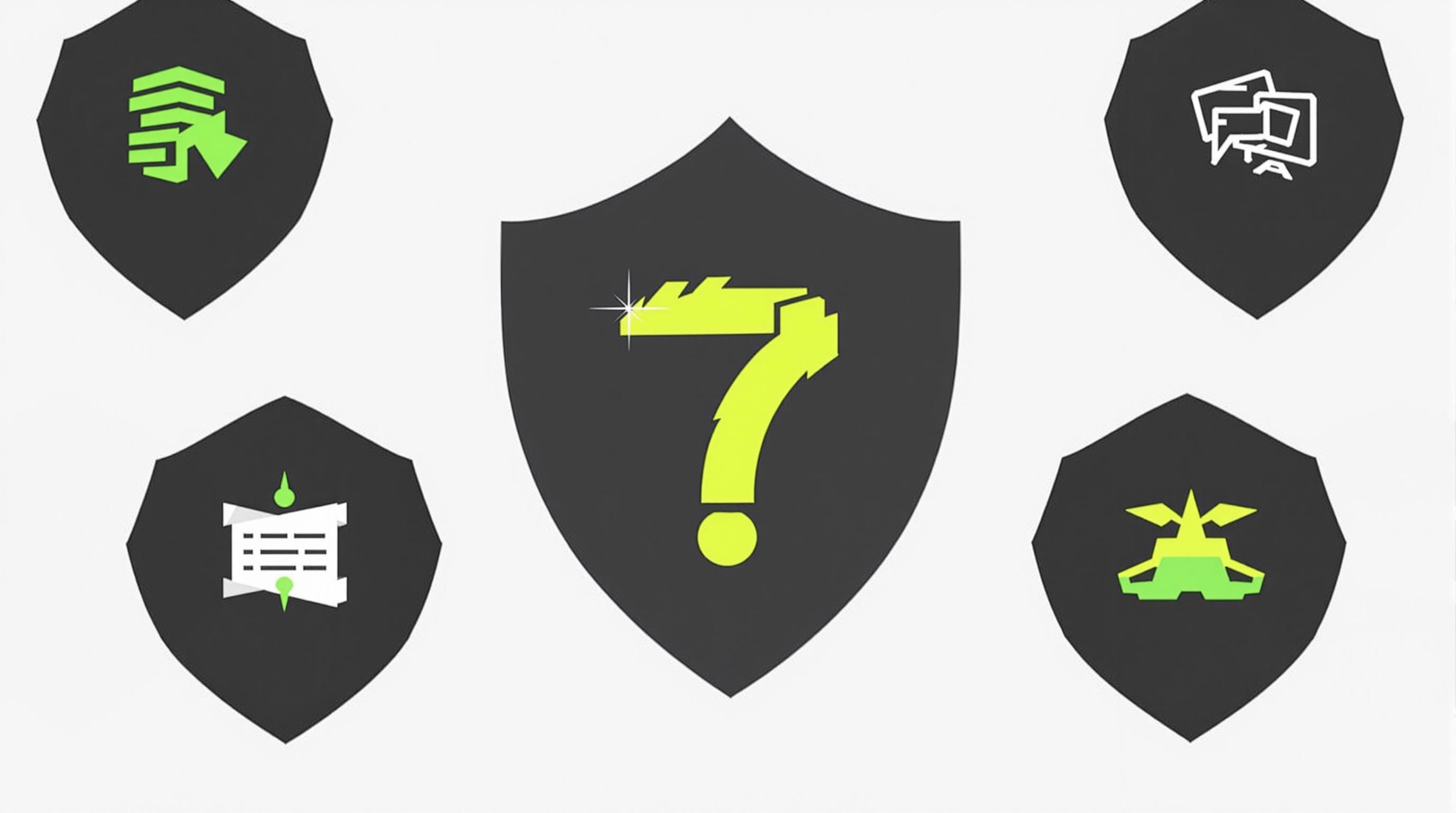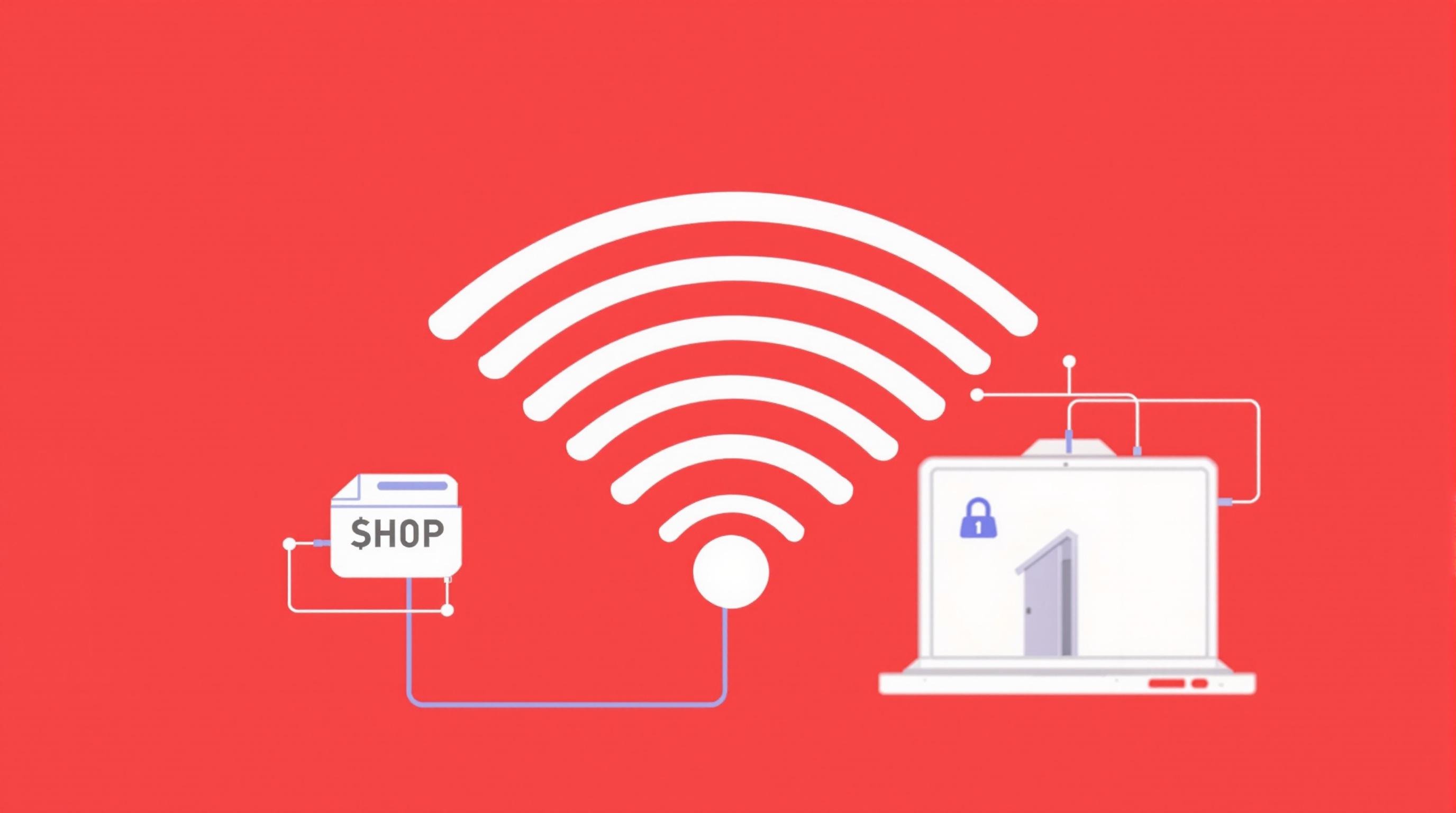Related Articles
- Unveiling the Silent Effects of Malware Residue on IoT Devices and What It Means for Your Connected Home Security
- Top 6 Game-Changing Email Security Suites Released Since 2019 That Actually Stop Cyber Trickery
- The Hidden Impact of AI-Driven Voice Assistants on Your Device’s Safety: Risks Nobody Talks About
- Top 6 Stealth Encryption Products Redefining Data Privacy You Haven’t Heard About Since 2019
- Exploring the Influence of Wi-Fi Radiation on Human Sleep Patterns and Cognitive Health in Modern Living
- Top 8 Stealth Malware Cleaners from the Past 5 Years That Outsmart Evasive Threats
Top 7 Advanced Network Shields Launched Since 2019: Expert Reviews and Rankings for Business-Grade Protection
Top 7 Advanced Network Shields Launched Since 2019: Expert Reviews and Rankings for Business-Grade Protection
Top 7 Advanced Network Shields Launched Since 2019: Expert Reviews and Rankings for Business-Grade Protection
In today’s digitally-driven business environment, securing network infrastructures against sophisticated cyber threats is paramount. Since 2019, several advanced network shields have risen to prominence, providing robust defense mechanisms tailored to the evolving needs of enterprises. This article reviews and ranks the top seven solutions launched since 2019, based on expert analysis and industry feedback.
The selection criteria focused on innovation, threat detection capabilities, ease of integration, and overall value for business-grade security. These solutions represent a new wave of network shields designed to protect sensitive data, ensure compliance, and maintain business continuity under growing cybersecurity pressures.
Businesses looking to upgrade or implement network security strategies will find this overview valuable in making informed decisions that align with their operational demands and budget considerations.
1. Cisco Secure Network Pro (Launched 2020)
Cisco's Secure Network Pro introduces a multi-layered defense architecture combining AI-driven threat analytics and real-time monitoring. This solution emphasizes automated threat response to minimize downtime and potential damage.
Experts praise its seamless integration with existing Cisco ecosystems, enabling enterprises to leverage previous investments effectively. Furthermore, the platform boasts comprehensive visibility into network traffic which is crucial in identifying anomalies swiftly.
According to Gartner's 2021 report on network security, Cisco continues to lead in delivering scalable security solutions fit for both medium and large enterprises. Its Secure Network Pro product specifically garnered high marks for innovation and performance.
Source: Gartner, 2021 Network Security Magic Quadrant.
2. Palo Alto Networks Prisma Access 2.0 (Enhanced 2019 Version)
Palo Alto Networks upgraded its Prisma Access with advanced cloud-delivered network security tailored for remote and distributed workforces. The 2.0 version offers improved URL filtering and threat prevention capabilities utilizing machine learning.
Security analysts appreciate the streamlined management dashboard, which consolidates policy enforcement and monitoring across hybrid environments without compromising speed or reliability.
The solution's adaptability to cloud-first approaches and mobile workforce demands scored high in third-party evaluations, making it a top pick for businesses transitioning to flexible work models.
Source: Forrester Wave, Network Security, Q3 2020.
3. Fortinet FortiGuard AI-Enhanced Firewall (Released 2019)
Fortinet’s FortiGuard firewall integrates artificial intelligence to proactively identify and neutralize threats before they impact network operations. Its deep packet inspection combined with AI analytics offers a comprehensive and fast threat detection experience.
The product is favored for its high throughput capabilities and customizable security policies, which suit diverse business environments from SMBs to global enterprises. Additionally, it supports SD-WAN integrations to optimize both security and connectivity.
Industry experts cite FortiGuard’s AI-enhancements as a significant leap in reducing false positives and accelerating incident response times.
Source: IDC MarketScape: Worldwide Security Appliances 2020 Vendor Assessment.
4. Check Point Quantum Edge (Introduced 2021)
Check Point’s Quantum Edge is tailored to secure edge computing environments, addressing the challenges of decentralized data processing. It delivers unified threat management with automated risk prevention algorithms.
This network shield stands out for its robust zero-trust architecture and multi-layer threat intelligence updates, which adapt dynamically to emerging attack vectors targeting remote nodes.
Reviews highlight its low latency performance and flexible deployment options, critical for organizations with complex edge deployments and IoT integrations.
Source: TechRadar Pro, Enterprise Security Reviews, 2021.
5. Juniper Networks Advanced Threat Prevention (Launched 2022)
Juniper’s Advanced Threat Prevention leverages AI and behavioral analytics to protect enterprise networks against sophisticated cyberattacks. It integrates with Juniper’s SRX series firewalls to provide seamless threat detection and mitigation.
The expert community values its ability to continuously update threat databases and dynamically adjust security policies without manual intervention. Its automated incident response capabilities greatly reduce the operational burden on IT teams.
Independent testing shows Juniper’s solution as highly effective in zero-day attack scenarios and multi-stage intrusion prevention.
Source: NSS Labs Security Value Map, 2022.
6. Sophos XG Firewall with Synchronized Security (Updated 2019)
Sophos upgraded its XG Firewall to include a synchronized security approach, where endpoints and firewall work together for enhanced visibility and threat containment. This update focused on simplifying threat investigation through a central console.
The solution’s appeal lies in its user-friendly interface and integration capabilities across diverse platforms. Businesses benefit from its rapid detection and automated remediation functionalities, especially when dealing with ransomware threats.
IT security professionals commend its effective trade-off between advanced protection features and ease of management.
Source: SecurityWeek, Firewall Market Review, 2020.
7. SonicWall Capture Security Center (Released 2020)
SonicWall’s Capture Security Center is a cloud-native platform designed to unify network, endpoint, and cloud security management. It offers centralized detection, analytics, and reporting tools powered by AI.
Experts highlight the platform's robust scalability and adaptive policy orchestration as beneficial for enterprises with expanding digital footprints. Its heightened focus on ransomware defense solidifies its position in mid-market and large business segments.
According to Cybersecurity Insiders' 2021 report, SonicWall stands out by providing cost-effective threat protection aligned with the needs of dynamic enterprises.
Source: Cybersecurity Insiders, 2021 Network Security Buyer’s Guide.
Summary of Rankings and Key Takeaways
Among these seven advanced network shields, Cisco Secure Network Pro and Palo Alto Networks Prisma Access 2.0 consistently receive top marks for comprehensive protection and scalability. Fortinet and Juniper provide strong AI-driven defenses, particularly suited for high-throughput networks.
Check Point Quantum Edge and SonicWall Capture Security Center cater to the growing requirements of edge and cloud security, respectively, while Sophos XG Firewall appeals through ease of use and endpoint synchronization. Each solution offers distinct strengths depending on enterprise size and security posture.
Ultimately, selecting the right network shield should align with specific business requirements, infrastructure complexity, and risk tolerance. Evaluating these options with expert reviews in mind guides IT leaders towards maximizing security investments.
Further Research and Implementation Advice
Before finalizing a network shield, businesses are advised to conduct pilot testing and engage with vendor support teams to ensure compatibility with their current architecture. Continuous updates and threat intelligence sharing play essential roles in sustaining protection.
Additionally, organizations should adopt layered security strategies that combine these tools with endpoint protection, encryption, and employee training to close potential gaps. Integrating network shields into cybersecurity frameworks enhances overall resilience.
Consulting independent industry reports and seeking peer feedback will provide additional insights to refine security strategies while adapting to evolving cyber threats.




